Navigating the complexities of backing a semi-trailer between two trailers can be a daunting challenge for even the most seasoned drivers. This skill necessitates precision, control, and anticipation of both the trailer’s movements and the surrounding environment. In this article, we will break down the steps, techniques, and strategies involved in this specialized maneuvering.
Understanding the Mechanics of Maneuvering
Anatomy of a Semi-Trailer
Before we delve into the logistics of backing a semi-trailer, it’s essential to understand the basic components involved in the process. A semi-trailer consists of:
- The Tractor Unit: The front part that houses the engine and driver’s cab.
- The Semi-Trailer: The trailer being towed, which typically features a kingpin, axles, and a hitch plate.
- The Coupler: Mechanism allowing the semi-trailer to be connected and disconnected from the tractor unit.

The Importance of Spatial Awareness
Spatial awareness is crucial when backing a semi-trailer. Drivers need to develop a sense of the dimensions and angles involved in the maneuver. A handy method to visualize space is through reference points, which are specific markers in the environment, such as the edges of other trailers or existing obstacles.
Step-by-Step Guide to Backing a Semi-Trailer
Step 1: Pre-Maneuver Setup
- Assess the Environment: Before attempting to back a semi-trailer, fully survey the surrounding area. Identify potential obstacles, the position of the other trailers, and the available space.
- Check Trailer Position: Ensure that the trailers you are working between are in the correct position—aligned and spaced appropriately to facilitate your maneuver without interference.
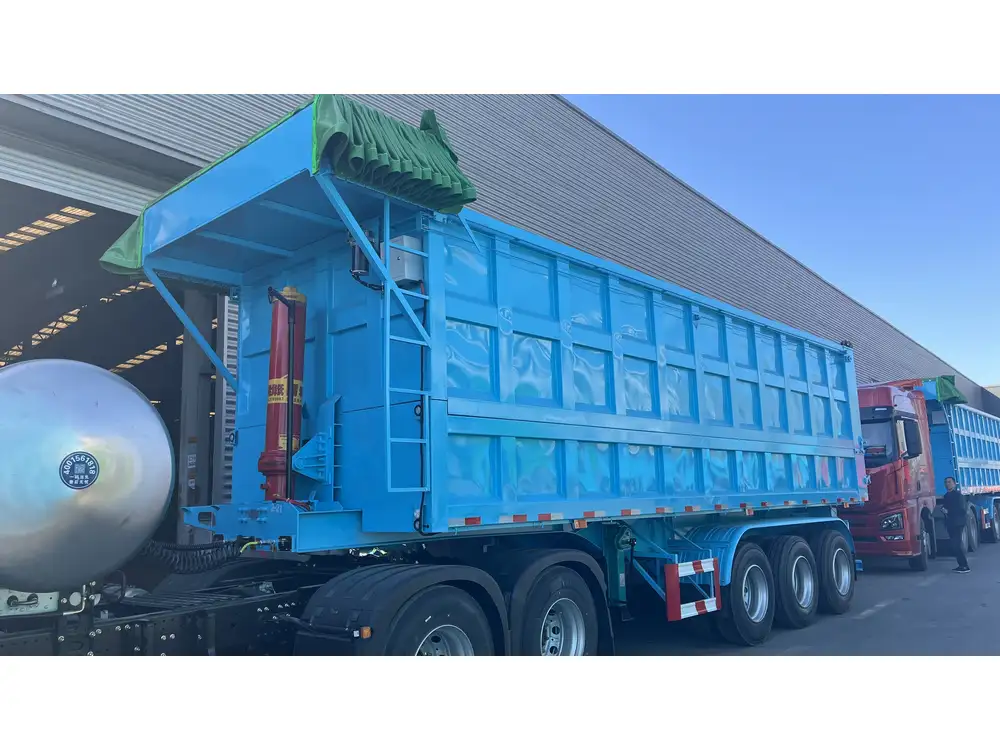
Step 2: Positioning Your Vehicle
- Approach squarely: Align your tractor unit alongside the first trailer, maintaining a parallel distance that allows you to glance down the side of both trailers.
- Adjust Your Angle: Turn the steering wheel towards the trailer you will be backing towards. If you’ll be backing to the left, steer left, and vice versa.
| Direction of Steer | Before Turn | After Turn |
|---|---|---|
| Left | 0 degrees | 45 degrees |
| Right | 0 degrees | 45 degrees |
Step 3: Begin the Backing Process
- Engage Reverse Gear: Shift into reverse while closely monitoring the rear-view mirrors.
- Slow and Steady: Apply minimal throttle to ensure control. Your primary goal is to maintain a steady speed without sudden jolts.
Step 4: Fine-tuning Your Position
- Small Adjustments: As your trailer begins to swing out, make small adjustments to your steering. If the trailer veers off course, nudge the steering wheel gently in the opposite direction.
- Use Your Mirrors: Continuously check the side mirrors as well as the central rear-view mirror. These will provide critical information on how well you’re lining up with the space between the two trailers.
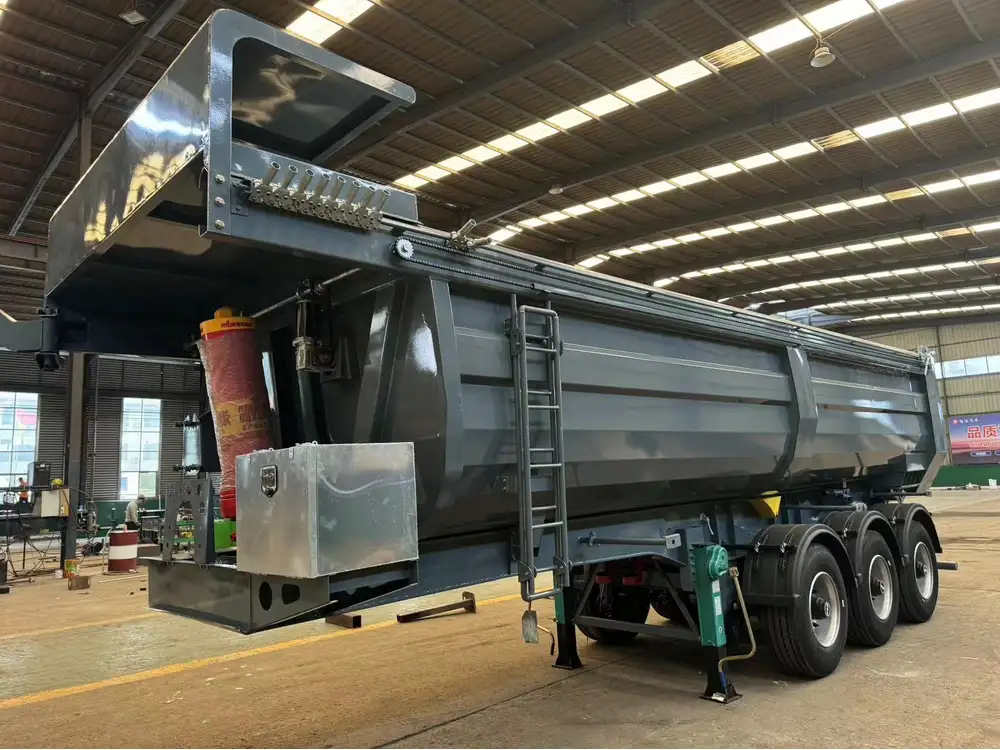
Step 5: Complete the Maneuver
- Align the Trailers: As you get closer to the space, keep both mirrors focused on the gap between the trailers.
- Straighten Out: Once the kingpin of your semi-trailer is aligned with the fifth wheel of the other trailer, fully straighten the steering wheel to allow the semi-trailer to slide in parallel.
- Full Stop: Gradually come to a stop once the trailer is securely positioned between the two trailers.
Key Techniques for Successful Backing
Utilizing the ‘Blind Spot’ Technique
Certain angles will present “blind spots” where the driver cannot see the trailer in relation to the surrounding trailers.
- Understanding Blind Spots: Familiarize yourself with your specific vehicle’s blind spots. Practice backing to improve familiarity.
- Spotters: Enlist assistance from another individual to serve as a spotter. Their perspective can provide real-time feedback about the trailer positioning.
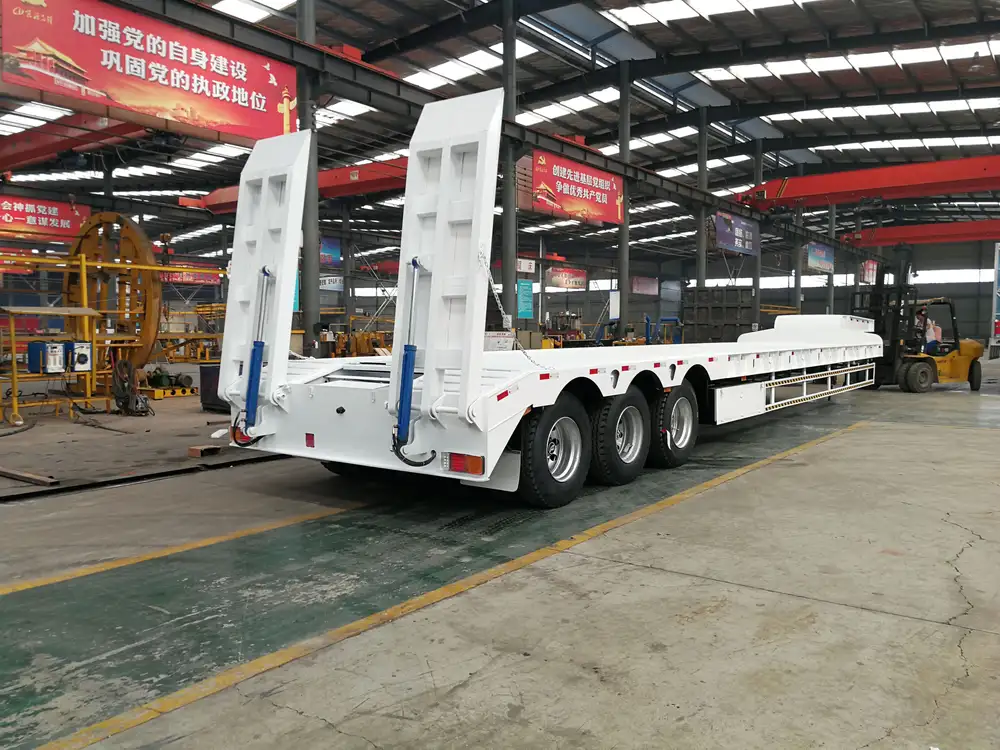
Incorporating Technology
Modern technology can significantly assist in the backing process. Consider the following:
- Rear-View Cameras: Offer enhanced visibility for the driver, reducing blind spots considerably.
- Anti-Collision Systems: Implement systems that alert the driver if the trailer is nearing proximity to obstacles.
Practice Makes Perfect
Backing a semi-trailer is a skill developed over time.
- Controlled Environment: Begin practicing in empty lots or controlled environments where obstacles are minimal.
- Gradual Increase of Difficulty: Progress to tighter spaces and more complicated maneuvers to enhance your skills under varied conditions.
Common Challenges and Solutions
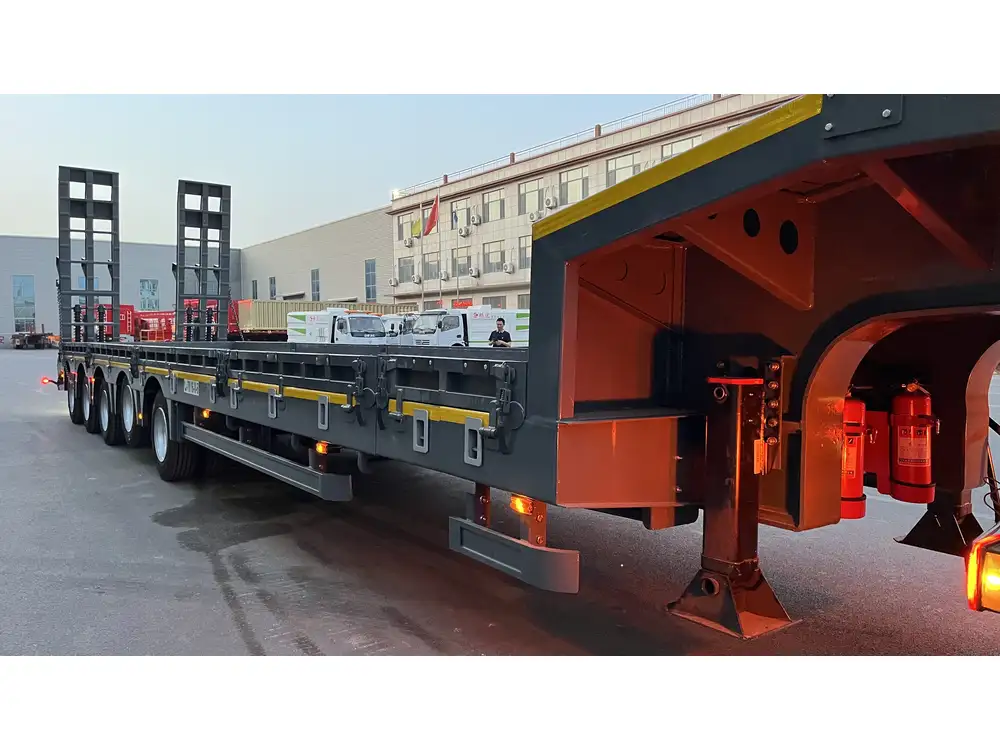
Misalignment in the Backing Process
Problem: Misalignment is one of the most common issues that arise when backing a semi-trailer.
Solution: Focus on maintaining visual contact with reference points while also keeping a steady pace. If misalignment occurs, stop and reposition before proceeding.
Oversteering or Understeering
Problem: Overreacting with the steering can lead to excessive angles, while understeering can result in drifting away from the intended path.
Solution: Develop a light touch on the steering wheel. Small adjustments are key; a fraction of a turn can drastically alter the trailer’s position.
Weather Conditions
Gentle rains or snow can make backing more challenging due to decreased traction and visibility.
Solution: In inclement weather, slow down, maintain increased stopping distances, and reduce your speed during maneuvers.
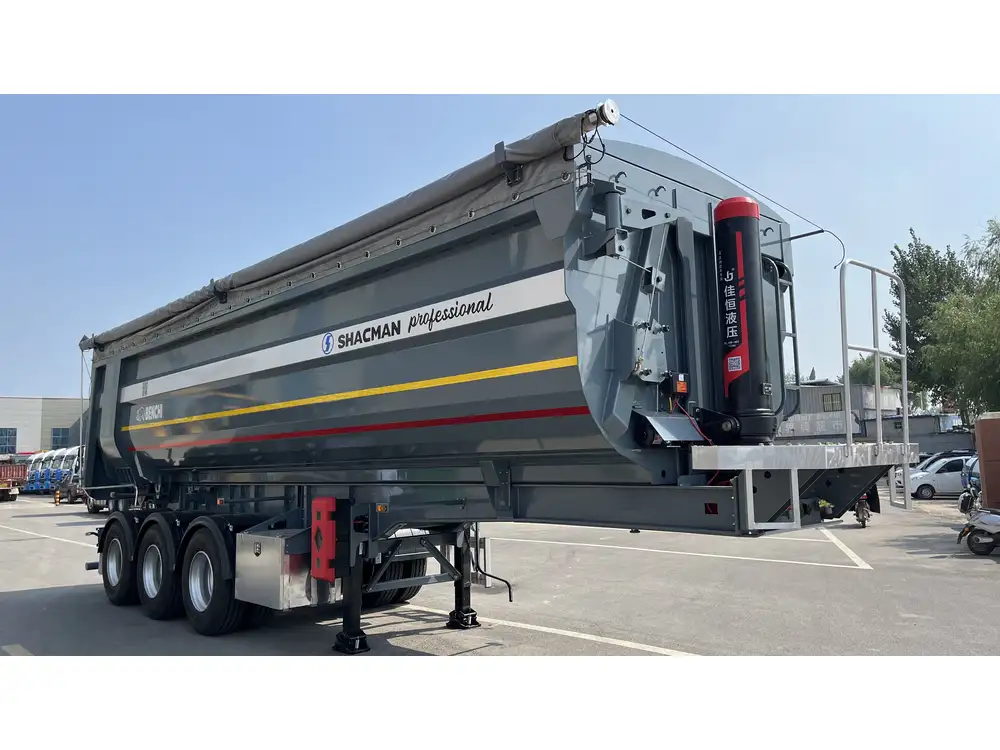
Tips for Enhancing Safety
- Regular Training: Continuous education and training opportunities for all staff members involved in towing.
- Safety Gear: Ensure safety equipment, including cones and reflective vests, are available during practices or while working in tight spaces.
- Emergency Protocols: Establish and practice emergency handling procedures for sudden obstacles.
Essential Tools for Development
Developing your backing skills as a semi-trailer driver can be enhanced through various resources:
- Driving Simulators: Utilize these for risk-free practice.
- Backing Aids: Consider using backing guides or cones in training environments.
- Feedback Mechanisms: After practicing, discuss feedback with fellow drivers to identify areas of improvement.
Checklist for Backing a Semi-Trailer
| Item | Status |
|---|---|
| Environment assessed | ✔️ |
| Trailers correctly positioned | ✔️ |
| Straight approach established | ✔️ |
| Mirrors adjusted and clear | ✔️ |
| Steady pace maintained | ✔️ |
| Correct alignment achieved | ✔️ |

Conclusion: Mastering Your Skills
Backing a semi-trailer between two trailers might appear straightforward, yet it requires a nuanced blend of skill, patience, and practice. With diligent exercises, continuous feedback, and an understanding of the mechanics involved, you can enhance your abilities and operate with confidence. This guide serves as a robust framework for drivers eager to perfect this art. Each successful backing offer significant confidence and proficiency, and we encourage continual engagement with the techniques discussed to not only elevate your skills but also ensure safety on the roads.



